During the first half of the 20th century, the continent of Europe suffered a lot. Nearly all of the territory of Europe in the two world wars was a huge battlefield the events of the wars changed the destiny of millions of people across the continent. In the apocalyptic clash between the nations, millions of innocent people died and millions became refugees. Many cities and towns were almost completely destroyed. Some of them were born again from the ashes and others were left abandoned forever.
The remains and the evidence of the battles from World War I and World War II can be still found across Europe. Although some of these structures were left to deteriorate, and today are overgrown ruins, there can be still found structures of a military character hidden in the forests, valleys, and mountains.
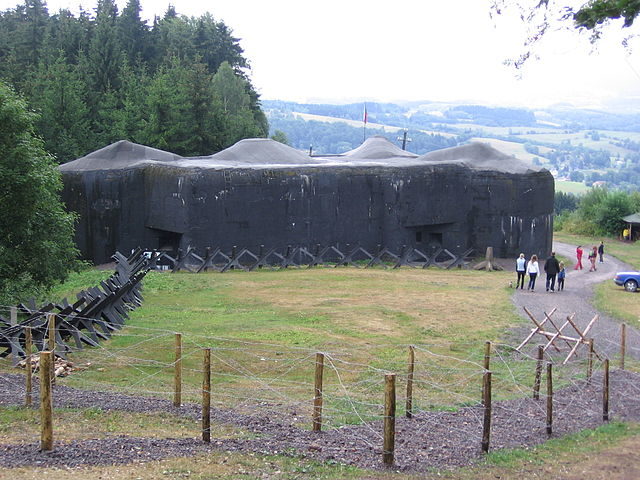
These precious relics vividly recall the military techniques from the first half of the 20th century, but also they are silent reminders of the horrors of the war. Such artifacts should be preserved and protected from disappearing in order to preserve the memory of the victims.
In the years before the beginning of World War II, European leaders saw the rising power of Adolf Hitler and the danger that would come from the army of Nazi Germany. European countries, especially the neighbors of Germany, took some action to stop or at least slow down the threat that would come from Germany. One of the first measures was reconstructing or building completely new fortification systems along the border with Germany.
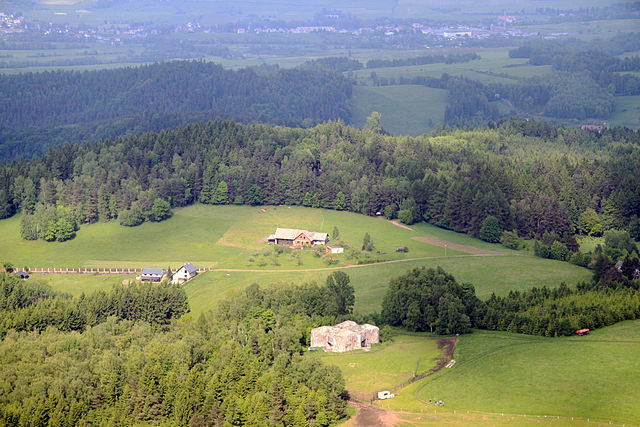
Czechoslovakia was in a difficult situation as well. As a response to the threat from neighboring Germany, the government of Czechoslovakia decided to strengthen the country’s defenses by building a fortification system along the border, but also in a few inland zones. The proper defense during a sudden attack would give them time to mobilize a larger army and seek military assistance from its allies (France and Great Britain), and thus would prevent the occupation of the country.
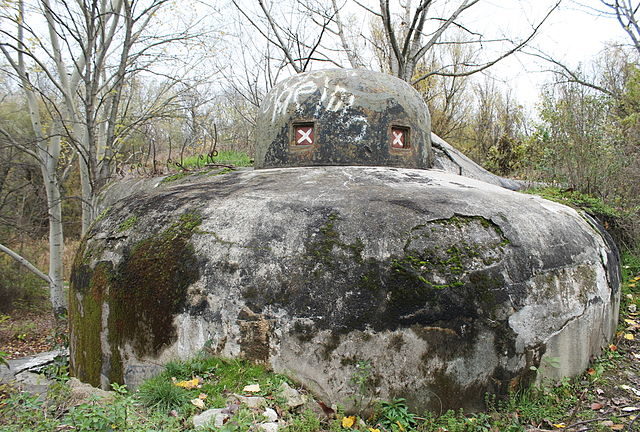
Given the fact that the border with Germany was more than 960 miles long and that after uniting Germany with Austria it became more than 1,200 miles long, it was seriously difficult and huge construction project. During construction, the authorities also saw danger from the neighboring countries of Hungary and Poland and consequently decided to build fortification lines along these borders too. Almost all of the borders, with the exception of the southeastern border with Romania, were fortified. Half of the annual budget was spent on the modernization of the army. Not only bunkers and fortresses but also new weapons were bought.
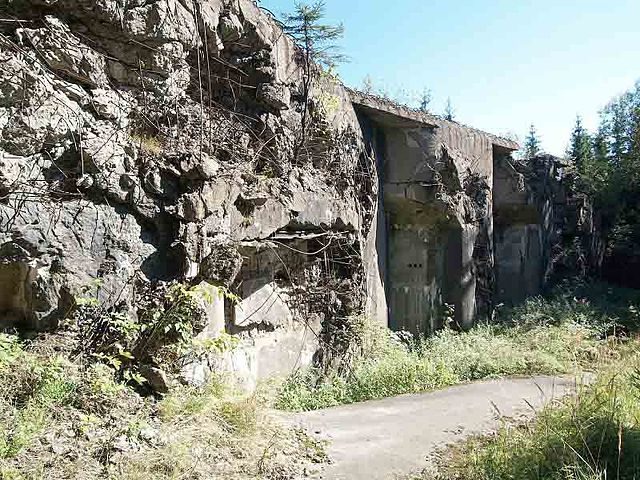
The Czechoslovakian authorities took examples for the fortification system from similar projects from other European countries, primarily France. Actually, it was a modernized version of the Maginot Line. The construction started in 1935 and it was predicted that the entire project would be completed in 1945. Thousands of citizens and hundreds of construction companies were included in the construction work. But in 1938 the work was stopped because of the development of events concerning Czechoslovakia. However, the fortification of the western, southern, and northern borders from 1935 till 1938 is known as the largest construction operation in Czechoslovakia.
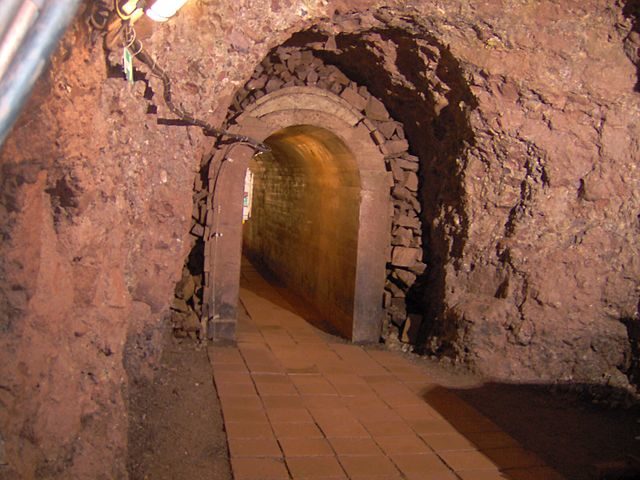
In Munich in September 1938, a conference was held without any official representative of Czechoslovakia in attendance. The government in Prague was forced by its allies to accept the decisions of the Munich Conference, which were that Czechoslovakia must allow parts of its territory, mainly the borderland known as the Sudetenland, which was inhabited by a majority of German-speaking people, to be united with Germany. Great Britain and France thought that with this move and the uniting of all of the Germans into one state would satisfy the ambitions of Hitler and that peace in Europe would be maintained. But instead of that, the door for a great war in Europe was opened wide. Six months later, Hitler occupied the rest of Czechoslovakia and in September 1939, World War II officially started.
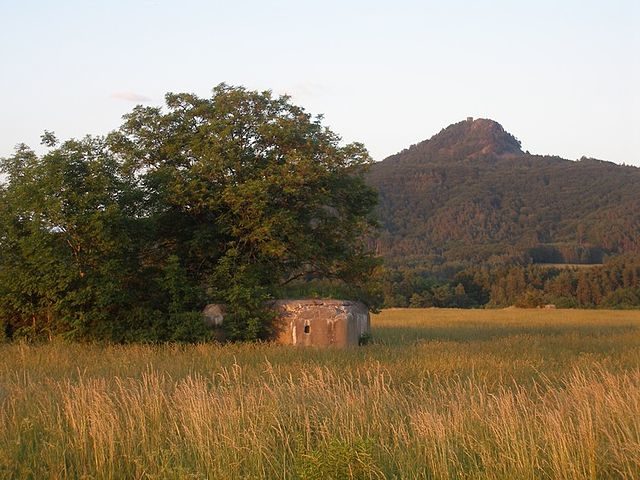
The Czechoslovakian army left the bunkers and the fortresses without a fight and practically without any fired bullet. The army was ready to defend their country, but the fearful politicians betrayed Czechoslovakia. 10,000 light (small pillboxes) and 265 heavy (artillery fortresses) fortifications were abandoned and never used for the purpose they were built for. Since almost all of the fortifications were on the territory that was inhabited by Germans, the German army (Wehrmacht) annexed the deserted fortifications and started to test weapons and tactics on them. They shoot and tried to damage them with bombs and various explosives. Also parts of the fortifications were used for training of their special forces. During these tests the Germans realized that the fortifications were of excellent quality.
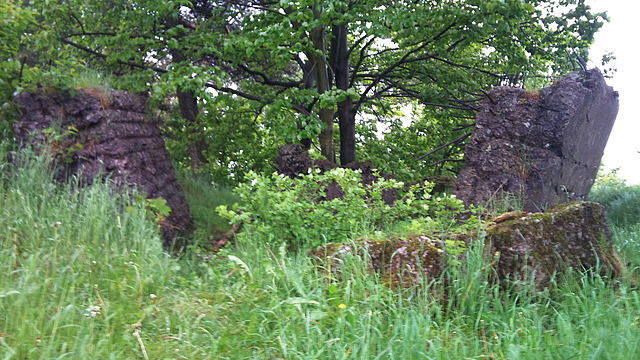
At the end of the war, they reused many of the reinforced parts, such as domes and cupolas, for their fortification system, especially on the Atlantic Wall. Also, the German army used the Czechoslovakian border fortification to slow the progress of the Red Army towards Berlin. During this campaign, some lines of the fortification system were heavily damaged by the Red Army. The signs of this battles can be still seen now, like large holes in the concrete. After 1946, the fortifications were included in the military system of the new Soviet block. During the Cold War, parts of the fortification system were modernized and they were used by the Czechoslovakian army till the beginning of the 1990s.
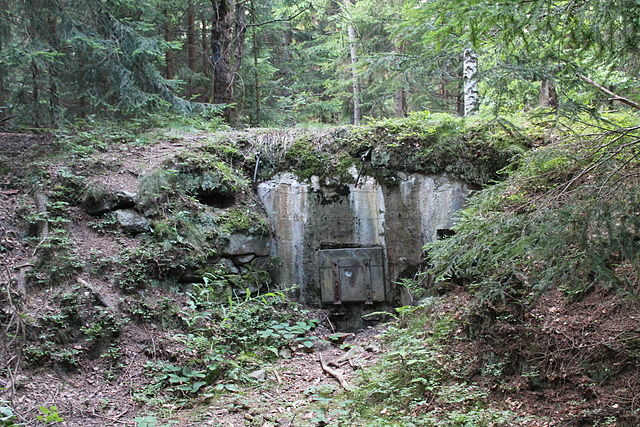
With the fall of the Iron Curtain, two independent nations were created from the Socialist Republic of Czechoslovakia, the Czech Republic and Slovakia. Today great parts of the fortification system are located in the Czech Republic, but parts can also be located in Slovakia. Some of the objects were reconstructed and adapted into museums, but also there are many which are abandoned, ruined, painted with graffiti and overgrown with vegetation and moss.
